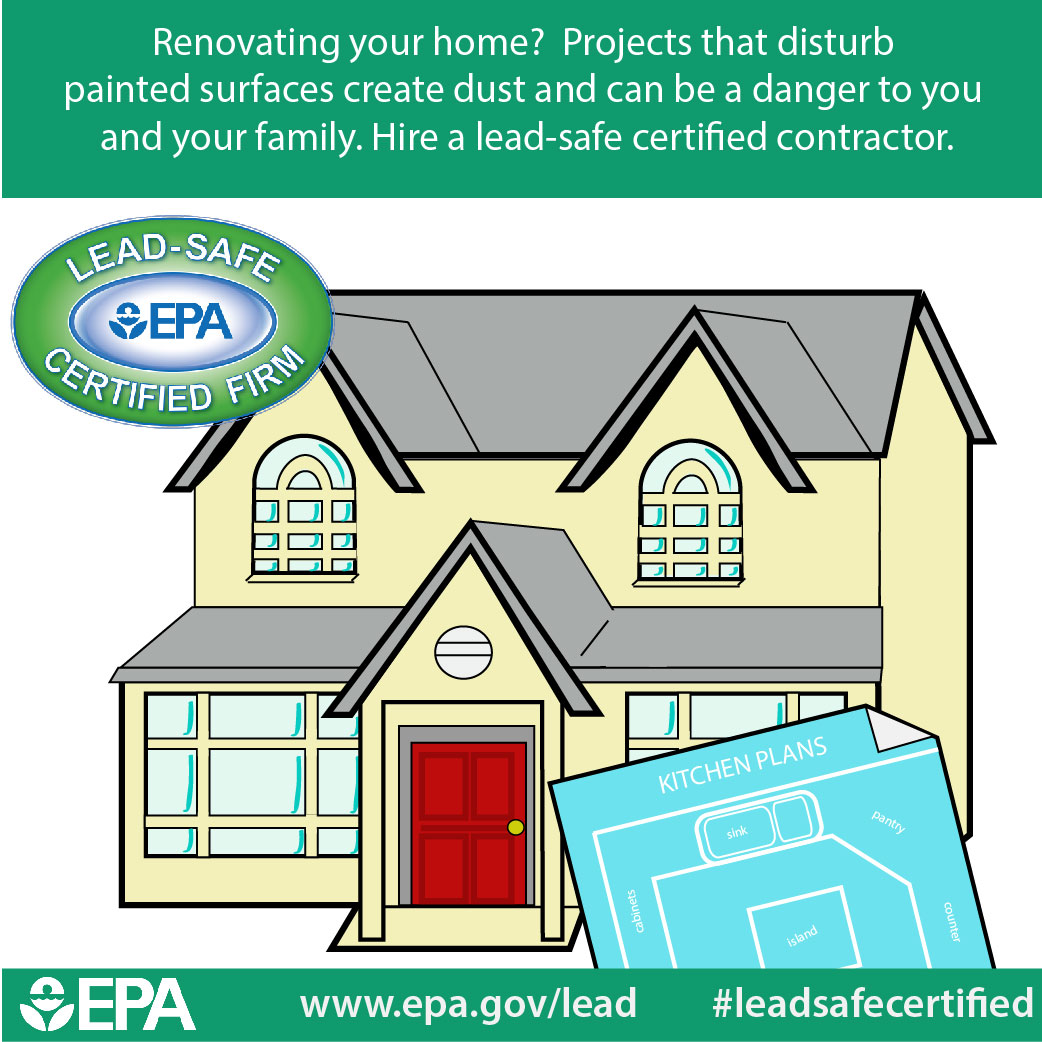Discover Just How Seasonal Elements Influence Commercial Outside Painting Success And Uncover The Best Times To Make Certain Long-Term Outcomes For Your Project
Discover Just How Seasonal Elements Influence Commercial Outside Painting Success And Uncover The Best Times To Make Certain Long-Term Outcomes For Your Project
Blog Article
Material By-Korsholm Browne
When you're intending a commercial outside paint project, seasonal elements can make or break your outcomes. You'll want to take into consideration exactly how temperature and humidity impact paint application and drying times. Selecting the ideal season can guarantee your paint sticks appropriately and lasts much longer. Yet which periods are genuinely the best for this sort of work? Let's explore the key elements that can affect your task's success.
The Impact of Temperature Level on Paint Application
When you're intending a commercial outside paint job, the temperature level can substantially impact how well the paint sticks and dries.
Ideally, you intend to paint when temperatures range in between 50 ° F and 85 ° F. If it's also cool, the paint might not treat appropriately, causing problems like peeling or breaking.
On the flip side, if it's as well hot, the paint can dry out too promptly, preventing correct attachment and leading to an irregular finish.
You should additionally take into consideration the time of day; early morning or late afternoon provides cooler temperatures, which can be more beneficial.
Constantly examine paints houses for the particular paint you're using, as they commonly supply assistance on the optimal temperature variety for optimal results.
Humidity and Its Result on Drying Times
Temperature isn't the only environmental factor that affects your commercial external paint project; moisture plays a substantial role also. High humidity degrees can slow down drying times dramatically, impacting the overall high quality of your paint task.
When the air is filled with moisture, the paint takes longer to cure, which can result in concerns like inadequate adhesion and a greater risk of mold development. If you're repainting on a particularly damp day, be prepared for extended delay times in between coats.
It's crucial to keep track of neighborhood climate condition and strategy appropriately. Ideally, go to website for moisture degrees in between 40% and 70% for optimal drying out.
Keeping these factors in mind guarantees your job stays on track and supplies a long-term finish.
Best Seasons for Commercial Outside Paint Projects
What's the very best season for your industrial exterior paint jobs?
Spring and early autumn are usually your best choices. Throughout these periods, temperatures are moderate, and humidity levels are frequently lower, creating suitable problems for paint application and drying out.
Stay clear of summer's intense heat, which can cause paint to completely dry also promptly, causing poor bond and coating. In a similar way, winter's chilly temperatures can hinder proper drying out and healing, taking the chance of the longevity of your paint task.
Aim for days with temperatures between 50 ° F and 85 ° F for optimal results. Keep in mind to check the neighborhood weather forecast for rain, as damp conditions can destroy your task.
Preparation around these aspects guarantees your paint job runs efficiently and lasts much longer.
Verdict
Finally, preparing your industrial external painting projects around seasonal considerations can make a substantial distinction in the end result. By organizing job during the optimal temperature levels and humidity degrees, you'll guarantee far better adhesion and drying out times. Keep in mind to watch on regional weather prediction and select the right time of year-- spring and very early autumn are your best bets. Taking these actions will certainly aid you accomplish a sturdy and professional finish that lasts.
